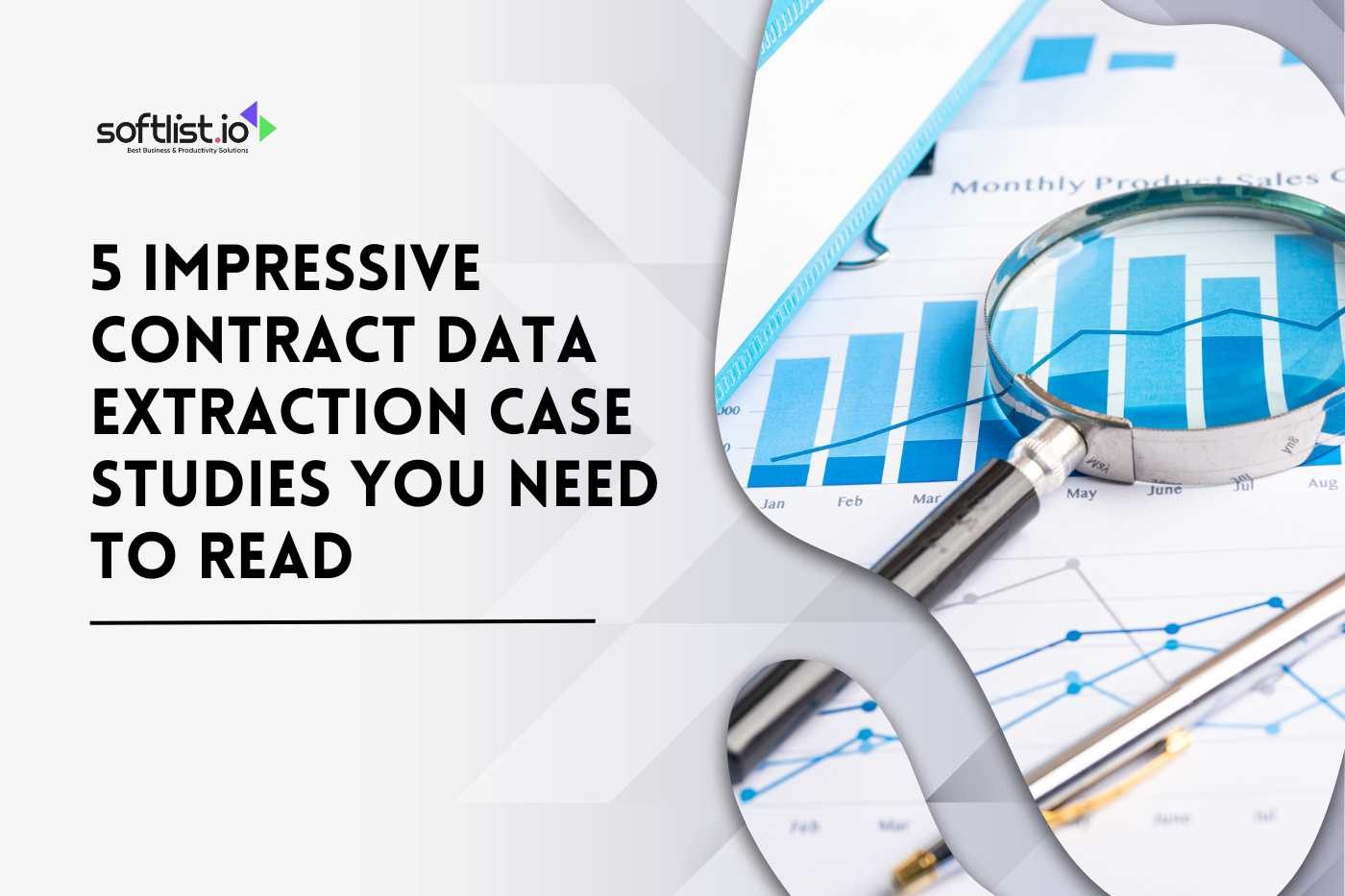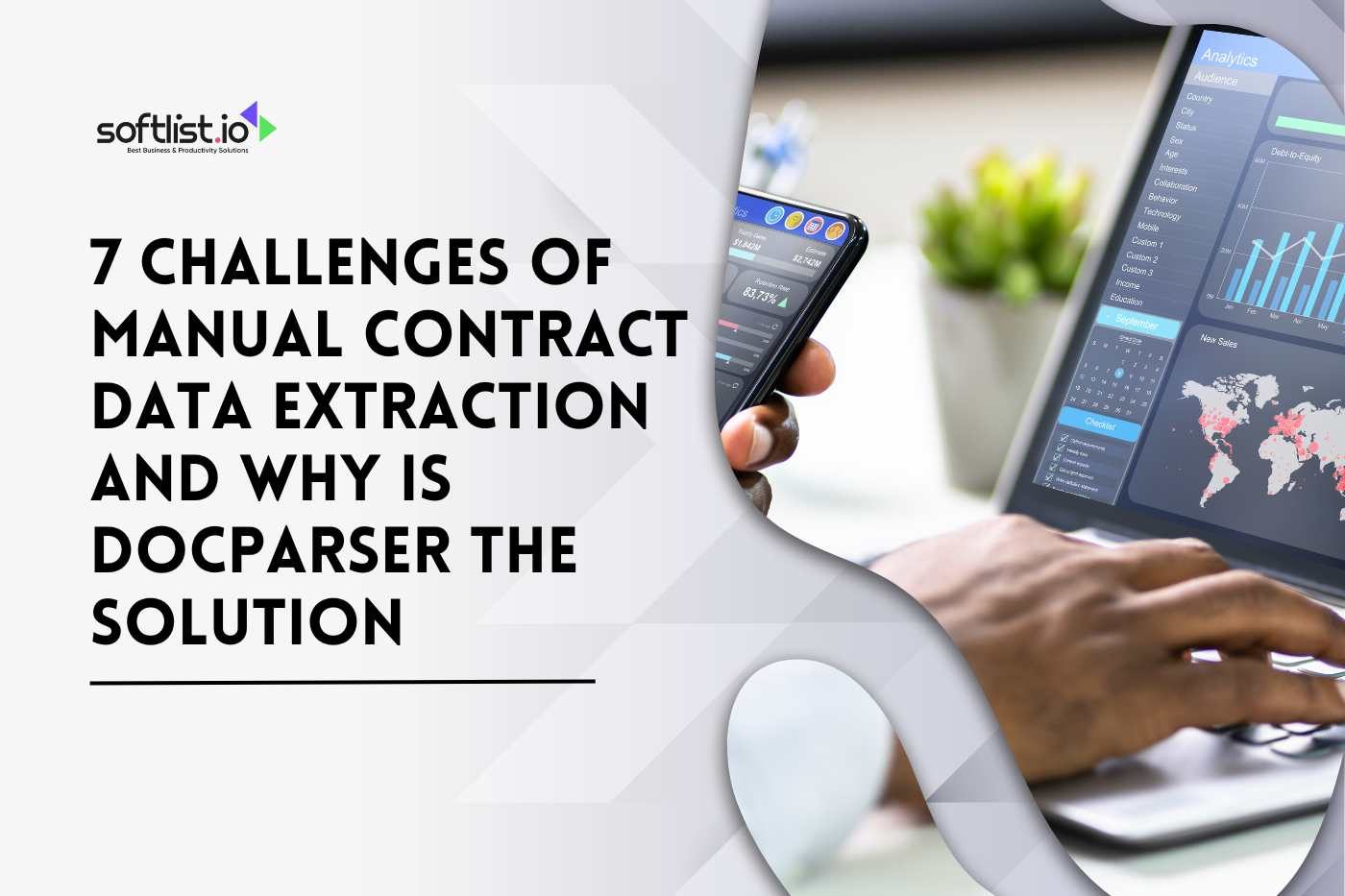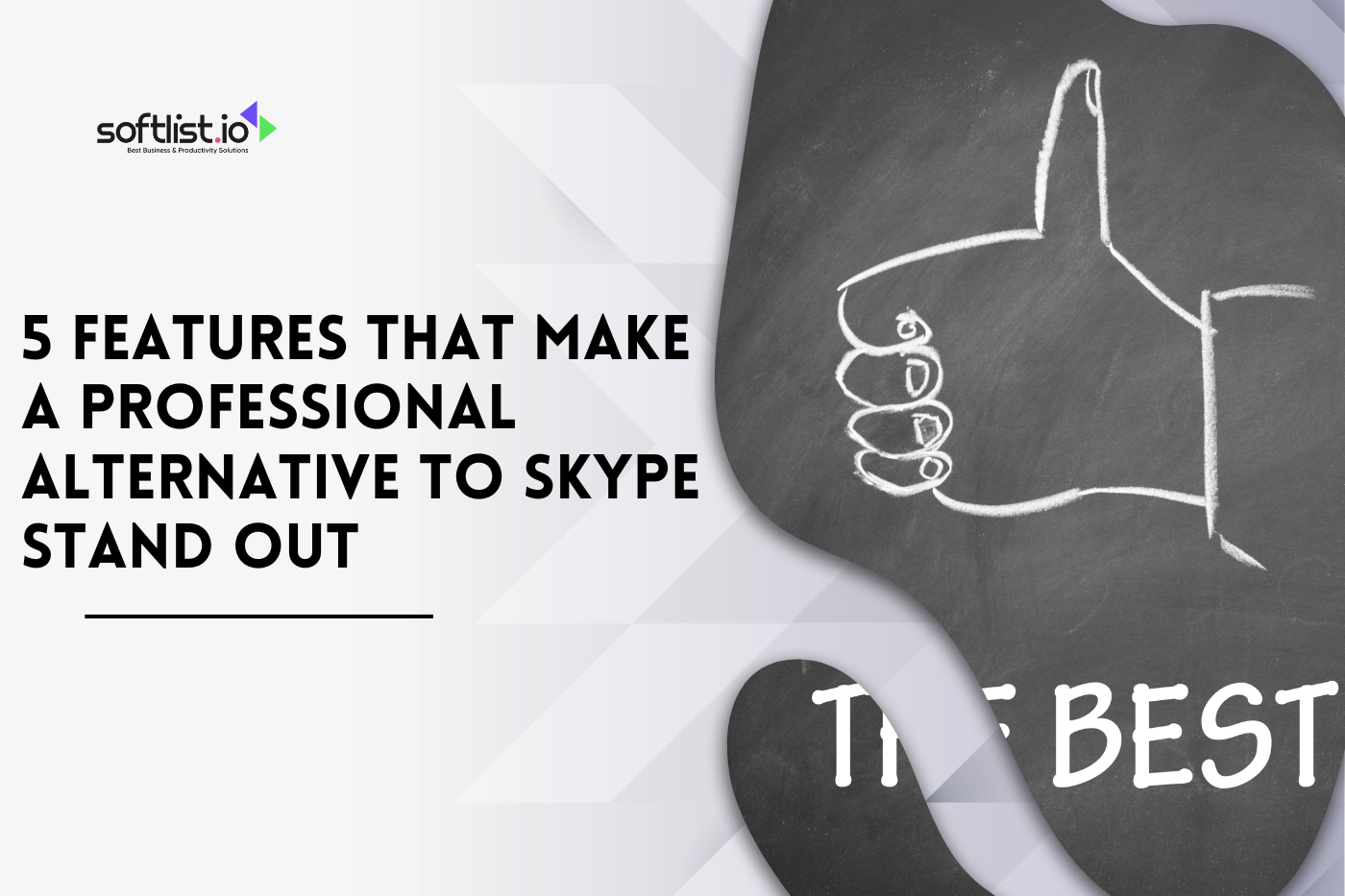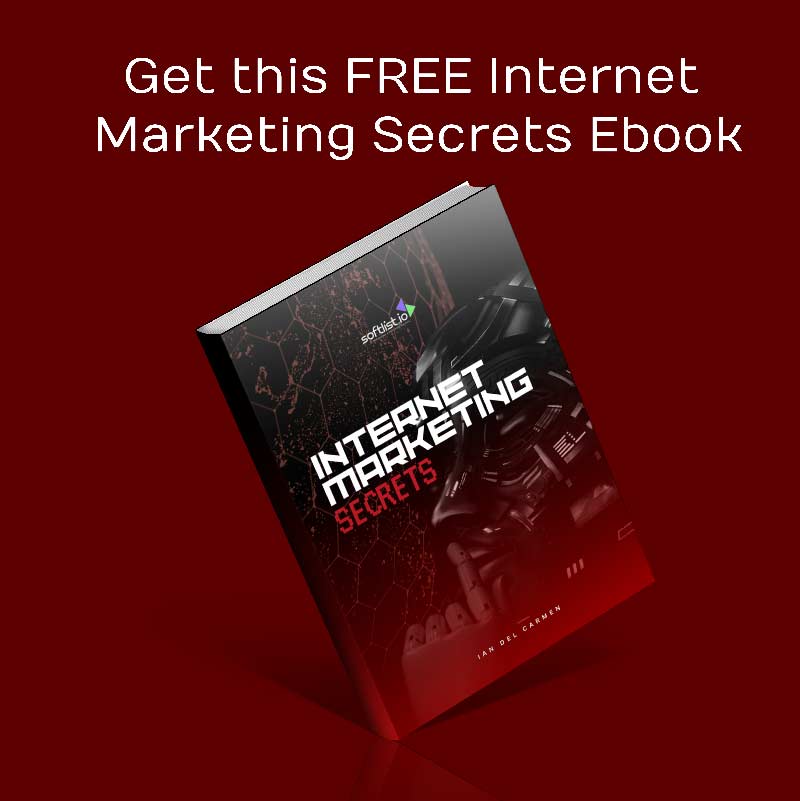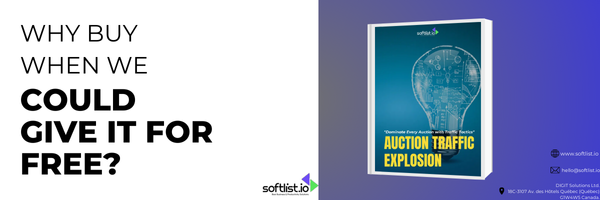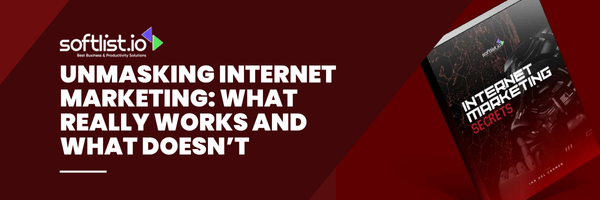Imagine putting your heart and soul into your marketing campaigns, only to have them fall flat. You pour your energy into crafting the perfect message, but your target audience scrolls right past, barely registering your presence amidst the digital din of their daily lives.
It’s a disheartening experience, one that many marketers face today. We feel like we’re shouting into the void, our voices lost in a sea of noise.
We long for that genuine connection with our customers, that spark of recognition and understanding.
But there is hope. There are ways to break through the clutter and forge meaningful connections with the people we’re trying to reach.
Artificial intelligence is offering a powerful new approach to digital marketing.
It’s not about replacing the human touch; it’s about augmenting it, giving us the tools we need to understand our customers better than ever before.
With AI, we can enter into the minds of our customers, uncovering their deepest motivations, their fears, and their aspirations.
We can see the world through their eyes, understanding what makes them tick and what makes them click.
Let’s embrace AI and use it to create digital marketing that is truly human, truly personal, and truly transformative.
Ready to take your ad campaign to the next level?
TLDR:
Here are the 5 Pillars for effective ad campaign:
- Leverage AI to uncover a 360-degree view of your ideal customers and what motivates them
- Micro-target messaging and ad placements toward aligned consumer segments
- Dynamically optimize creative elements to improve campaign performance
- Apply predictive analytics to identify emerging opportunities and stay ahead of trends
- Precisely measure digital marketing attribution to optimize spend across channels and tactics.
By putting this AI-powered approach into practice across your advertising technology stack, any brand can execute effective campaigns.
You’ll be equipped to foster meaningful connections with consumers when they’re primed to take action – driving measurable business growth as a result in your digital marketing strategy.
Pillar 1: Know Your True Customer with AI-Powered Insights
The brands winning today don’t sell products or services – they sell connections to ideals and identities. The key is leveraging data to truly understand core human motivations and map products and messaging to them.
AI makes this level of intimate customer knowledge possible by revealing insights hidden deep in data that no human could ever uncover.
The right AI tools empower brands to:
- Build Detailed Customer Profiles:
AI can stitch together anonymized first, second, and third party data across devices and channels to uncover accurate psychographics on current and potential customers.
This includes assessing personality traits, values, interests, affinities, and more to build a 360-degree view of ideal personas.
- Reveal Motivations and Barriers:
AI uses natural language processing to analyze language patterns in reviews, queries, forum posts, and buyer conversations.
This reveals the deepest-held goals and anxieties that drive consumer behavior in relation to your product category.
- Predict Behaviors and Trends:
With machine learning algorithms trained on your data, AI can identify signals that predict what consumers will do next – whether it’s abandoning their cart, engaging with a certain message, or being primed to convert. You can leverage these insights to get proactive.
Pillar 2: Micro-Target Digital Marketing Efforts for Maximum Relevance
Armed with rich customer insights, brands now need to apply that knowledge in their digital marketing efforts to reach their best prospects wherever they are, without wasting time.
As a writer and a nurse entrepreneur, I leverage A.I. to reach out to my readers.
AI-powered advertising solutions make this possible by:
- Mapping Messages to Micro-Segments:
Once you understand the core motivations and roadblocks of different consumer groups, you can design messages that directly speak to each one’s specific situation. AI tools let you tailor copy, imagery, formats, and calls-to-action for hundreds of hyper-targeted segments in digital marketing.
- Optimizing Ad Placements for Each Segment:
You want your ads to reach potential customers when they’re primed to engage. AI analyzes the sites, apps, videos, and channels your micro-segments visits. It then uses that insight to optimize ad placements and bid strategies, so you show up at the right time in the right context.
- Adapting Efforts in Real-Time:
Consumer interests, habits, and motivations are constantly shifting. With AI, you can respond rapidly. Machine learning algorithms ingest the latest performance data, shifting budget and messaging to align with emerging trends and opportunities.
In an increasingly fragmented media landscape, the ability to surgically reach your highest-converting audiences drives dramatic improvements in digital marketing ROI across paid, owned, and earned channels.
Pillar 3: Continuously Optimize Creative with AI
Today’s consumers have seen thousands of ads, and with infinite other distractions constantly competing for their attention, standing out is a tremendous challenge. This is why creative optimization powered by AI is so critical.
Dynamic creative engines leverage data and machine learning to:
- Generate Countless Ad Variations:
Template-based engines can quickly produce thousands of versions of display ads, social posts, video clips, and more. Iterations feature different copy, designs, backgrounds, logos, and calls to action tailored to different audience interests.
- Show the Best Performing Version to Each User:
As your campaign launches, AI studies performance data in real-time to determine which creative elements and messages resonate best with each customer segment across different platforms. It then doubles down on the highest-converting combinations for each one.
- Continuously Improve Performance:
The creative engine constantly tests new templates, assets, headlines, offers, designs, and more against the control. Elements that improve conversion rates start seeing increased circulation while underperformers get phased out automatically.
This autonomous process lets you keep content fresh and aligned with subtle shifts in consumer behavior and interests. Continually optimizing ad campaign is proven to boost advertising results by over 30 percent compared to even the most diligent humans.
Pillar 4: Apply Predictive Intelligence to Stay Agile
In our complex consumer economy, digital marketing success requires the ability to anticipate trends before they happen. AI empowers brands to:
- Identify Emerging Opportunities:
By analyzing news trends, search patterns, and leading indicators in consumer chatter, AI can detect rising interests and concerns. You can address these topics in your digital marketing proactively before competitors.
- Forecast Business Impact:
Historical performance data contains signals predictive of future campaign success. Machine learning algorithms find these signals and use them to continually estimate upcoming engagement levels, conversions, and revenue.
- Proactively Optimize Spend: When models forecast periods of decreased conversions or performance plateaus, you can reallocate budget away from poorly performing segments and channels before waste occurs. The freed-up budget can be used to capitalize on new opportunities uncovered by AI.
- Mitigate Downside Risk:
On the flip side, AI helps guard against losses by detecting early indicators of issues like technical problems, rising refund rates, or changes in competitor behavior, a very great asset in your digital marketing career. Address these promptly to prevent catastrophic campaign failure.
With continuous recommendations based on predictive intelligence, digital marketing teams can pursue aggressive growth strategies while minimizing risk – the best of both worlds.
Pillar 5: Precisely Measure True Campaign Impact
In today’s intricate consumer journey across devices and channels, deterministic attribution is critical. Rules-based models fail to capture the complex interplay of interactions that ultimately motivate a conversion.
AI-powered algorithmic attribution analyzes the hundreds of touchpoints across a buyer’s timeline and uses machine learning to determine the exact influence of each. This reveals insights such as:
- The ad campaigns and placements driving the most conversions
- High-value consumer segments to target
- Opportunities to improve underperforming parts of the funnel
- The ideal digital marketing mix and budget allocation across tactics
These precise performance insights allow you to maximize ROI by doubling down on what works best and cutting ineffective areas, making the most out of your digital marketing strategy.
Over time, predictive AI attribution can even recommend the optimal budget splits and growth strategies aligned to your business goals.
The ability to accurately assess impact and fine-tune efforts is how top brands achieve scale and consistency with their advertising results.
Real-World Applications: AI in Action
Let’s explore some real-world examples that demonstrate the transformative impact AI is driving for global brands across industries:
- L’Oréal Paris saw a 1.7X increase in conversion rate from its YouTube ads by using AI to test over 100,000 creative variations and serve the most compelling video content to each user.
- PepsiCo achieved $35 million in incremental sales by leveraging AI and machine learning to optimize their digital ad placements toward the most sales-ready households.
- The North Face accurately attributed over $100 million in ecommerce revenue to both online and offline touchpoints with algorithmic attribution AI, then reallocated spend toward high-value omnichannel paths.
- Porsche boosted click-through rates by 2.9X and conversion rates by 4X through AI-powered Facebook ads that matched creative assets to the specific emotional drivers of different audience segments.
- Dunkin Donuts found predictive analytics revealed mobile app users were 23 percent more likely to purchase, so they doubled down on targeted in-app promotions.
The results speak for themselves — AI is fundamentally changing advertising in the digital maketing industry by enabling unparalleled personalization, precision, and performance.
Conclusion
By putting this AI-powered approach into practice across your advertising technology stack in digital marketing, any brand can execute extremely effective campaigns.
You’ll be equipped to foster meaningful relationships with consumers when they’re primed to take action – driving measurable business growth as a result.
The possibilities of AI-enabled advertising are truly endless. Take the first step by auditing your tech stack, processes, and data health.
Identify areas to introduce automation and advanced analytics to action key insights faster. Partner with innovative advertising platforms making AI readily accessible for brands.
By integrating these fundamentals, you can realize tremendous upside – delighted customers, more efficient operations, and ultimately increased profits in the years to come.
FAQs
How can AI help me identify new customer segments and opportunities?
AI tools analyze broad data sets to uncover correlations that segment consumers based on behavioral patterns, interests, and emotional drivers. These insights reveal emerging consumer groups you can target.
Does my company need to be high-tech to implement AI?
Not at all. Many user-friendly advertising platforms offer AI capabilities that are intuitive and readily accessible for marketing teams. Focus on your strategy and objectives, not technical complexity.
How much data do I need for AI to be effective?
AI is extremely data hungry – it powers insights through volume and variety. Prioritize stitching together as many first and third party data sources as possible to build rich customer profiles.
Is AI advertising affordable for small businesses?
Many platforms offer access to AI tools scaled for SMBs at reasonable costs – no dedicated data science team needed. Start small with a test budget to prove ROI potential before scaling up.
Will AI replace human marketers?
No, AI amplifies human capabilities rather than replacing them outright. The unique, emotional, creative aspects of marketing will always depend on strategic human input informed by data.
Are insights from AI fully accurate and reliable?
AI should augment human intelligence rather than act as the sole decision-maker. Validate data-driven recommendations, but leverage AI’s unique ability to process infinitely more signals than humans ever could.
How can I get stakeholder buy-in on AI initiatives?
Document hard ROI metrics from initial small-scale tests and highlight the competitive advantage. Evoke their anxieties around rising ad costs and wasted spend to underscore urgency.
Which applications of AI drive the most value?
Start by addressing pain points around understanding customers, optimizing targeting, and improving campaign performance measurement – areas primed for immense ROI.
Is AI-generated content effective?
Dynamic creative engines leverage data to generate high-performing ad copy tailored to different segments. However, ensure a human reviews content before publication.
How can I prepare my teams to adopt AI?
Arm your marketers with the latest AI capabilities through hands-on training focused on both strategic and technical applications. Foster an agile, test-and-learn culture.




